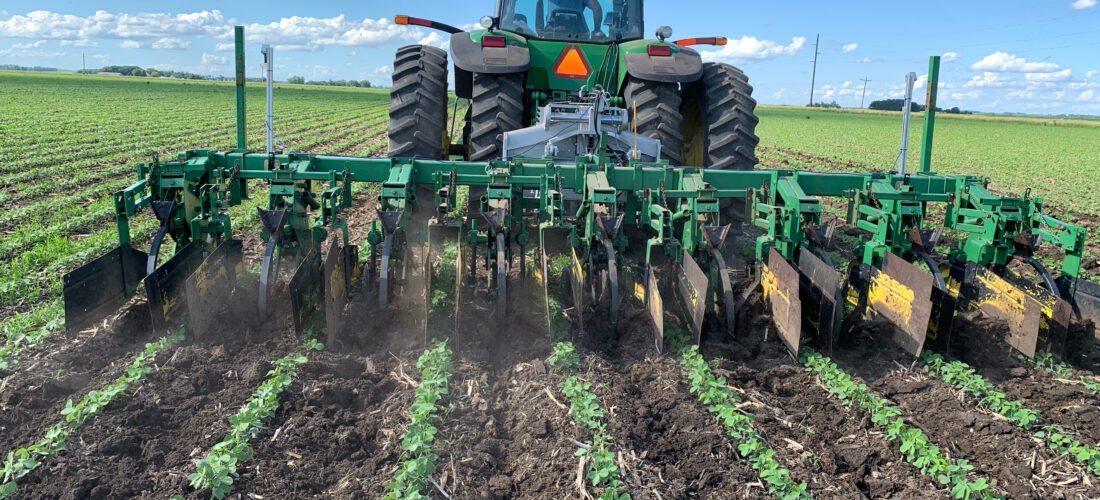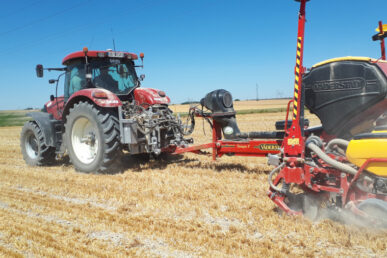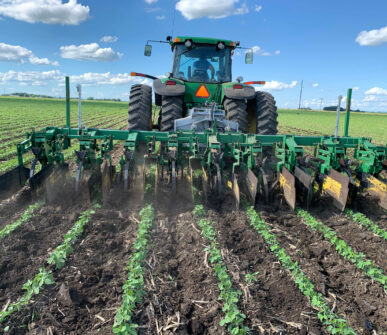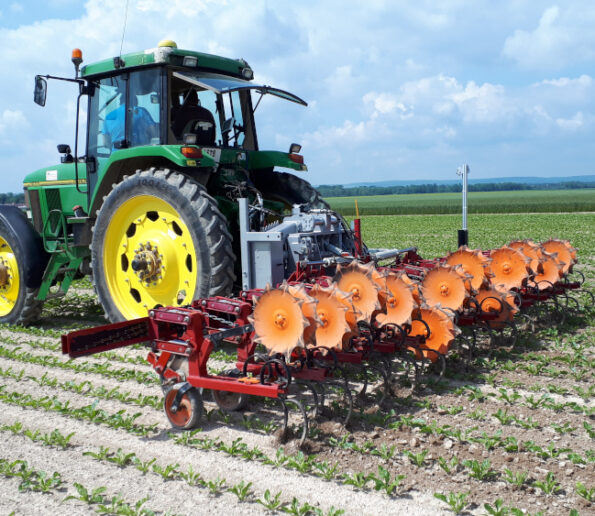Why implements drift?
How do soil conditions and implement specifications impact its position?
As soon as you begin pulling an implement, that tool is going to start to shimmy back and forth. It’s because the only thing controlling it is the forward motion of the tractor.
The faster you drive, the longer your implement is, and the variability of your soils and fields will all cause the tool to sway back and forth as it moves across the field, even if your tractor is driving an arrow-straight line. This is called implement drift. DynaTrac is a great tool to master these challenges with implement guidance.
Why is tractor guidance not enough?
No. Because this drift really matters. University studies have shown that implements can drift on average up to 10 times more than the tractor. This means that a tractor on an RTK system might be traveling down the field with 1-inch accuracy. But, the planter or cultivator it’s pulling is swinging back and forth up to 10 inches.
With farmers pulling wider implements today at considerably higher speeds, this variability may be even greater. In vegetable operations this variability can wreak havoc on beds, plastic underlays, or expensive drip tape, as well as potentially damaging valuable crop.
What are cash benefits of implement guidance?
How much difference? Many of our customers have seen increases in yield as high as 10 percent in corn. In 180-bushel corn, that can put almost $100 per acre more into a grower’s pocket at today’s prices. In high-value vegetables, the savings can be even more compelling. Implement guidance also improves the placement of fertilizer. It allows to guarantee that it’s banded precisely where it can most benefit seeds and starts.
With the increasing cost of inputs and increased scrutiny of input placement, the accuracy of the implement is just as important as the line the tractor travels. Customers tells us that these increases in yield and productivity allowed them to cover the cost of an implement guidance system in a single season or two.

